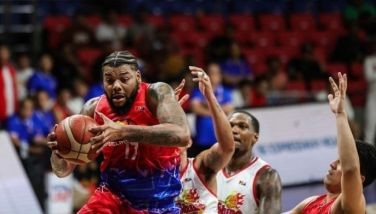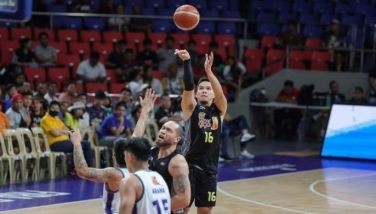Distance running does not increase knee OA in older adults

Long-distance running among older adults has no effect on the development of radiographic osteoarthritis, according to a small, prospective study comparing a population of runners with community-matched controls.
The study looked at 45 runners and 53 controls who were at least 50 years of age. After almost 12 years of observation, the runners did not exhibit more severe radiographic osteoarthritis (OA) or replaced knees than the controls.
As a result of these findings, “long-distance running or other routine vigorous activities should not be discouraged among healthy older adults out of concern for progression of knee OA,” study investigators reported.
The question of whether strenuous weight-bearing exercise can lead to increased OA had not been conclusively answered prior to this study.
The researchers assembled a set of runners 50 years of age or older from the Fifty-Plus Runners Association and a set of demographically matched controls from the Stanford Lipid Research Clinics Prevalence Study.
Weight-bearing bilateral anteroposterior radiographs of the knees were taken serially in 1984, 1986, 1996 and 2002. A total of 45 runners (64.4 percent men) and 53 matched controls (69.8 percent men) completed at least two sets of radiographs that were used for the analysis. The mean age for both groups was around 60 years at the first radiograph. Digitized radiographic films were read for narrowing, sclerosis, and oseophytes (each graded on a scale from 0-3) in the medical and lateral compartments of each knee by two readers blinded to group assignment, said colleagues from Stanford (Calif.) University.
The primary outcome measure was the total knee score (TKS), which is the sum of each of the scores from the digitized radiographs mentioned above, from the medical and lateral compartments of knees. The secondary measure was the worst joint space width (JSW) in millimeters among the four compartments, which represented the knee with the worst OA. The lower the score, the worse the condition. A joint that was fully replaced was arbitrarily assigned a JSW of zero.
At baseline, runners had a significantly higher TKS than controls (1.29 vs 0.40, respectively). The JSW of the worst knee was significantly lower in runners (4.54 vs. 4.84). The prevalent radiographic OA expressed in percent was not significantly different between groups, although it was higher in runners (6.7 percent vs. 0 percent in the controls). Runners also had a greater prevalence of knee injuries than did controls, although this difference was not statistically significant. Runners had a lower body mass index (BMI) than controls, higher minutes per week of vigorous exercise and of running, and higher current runner status.
By the end of the study, the last radiograph showed that significant differences remained only in BMI, running minutes per week, minutes of vigorous exercise per week, and current runner status. TKS and JSW were no longer significantly different. Prevalent radiographic OA percent was still not significantly different, although the actual relationship of the values had flipped 20 percent of runners vs. 32.1 percent of controls.
“In this analysis, long-distance running was not associated with accelerated incidence or severity of radiographic OA,” the researchers stated. “Over the prolonged period of observation (mean 11.7 years) and despite more prevalent OA and worse radiographic scores at the baseline, runners did not have more severe OA or replaced knees than controls. Although there were some suggestions that runners may have less OA than controls, these did not meet statistical significance.”
They suggested that larger studies are needed to determine if running has a positive effect on preventing OA development.
The authors pointed out that the strength of their study was its prospective nature and the length of follow-up; the weaknesses were lack of analysis of clinical symptoms in the radiographic OA evaluation, and the fact that the runners were a self-selecting group of individuals (they chose to run and join a runners’ group) who were healthy and continued running into their 6th decade of life.
- Latest
- Trending





























